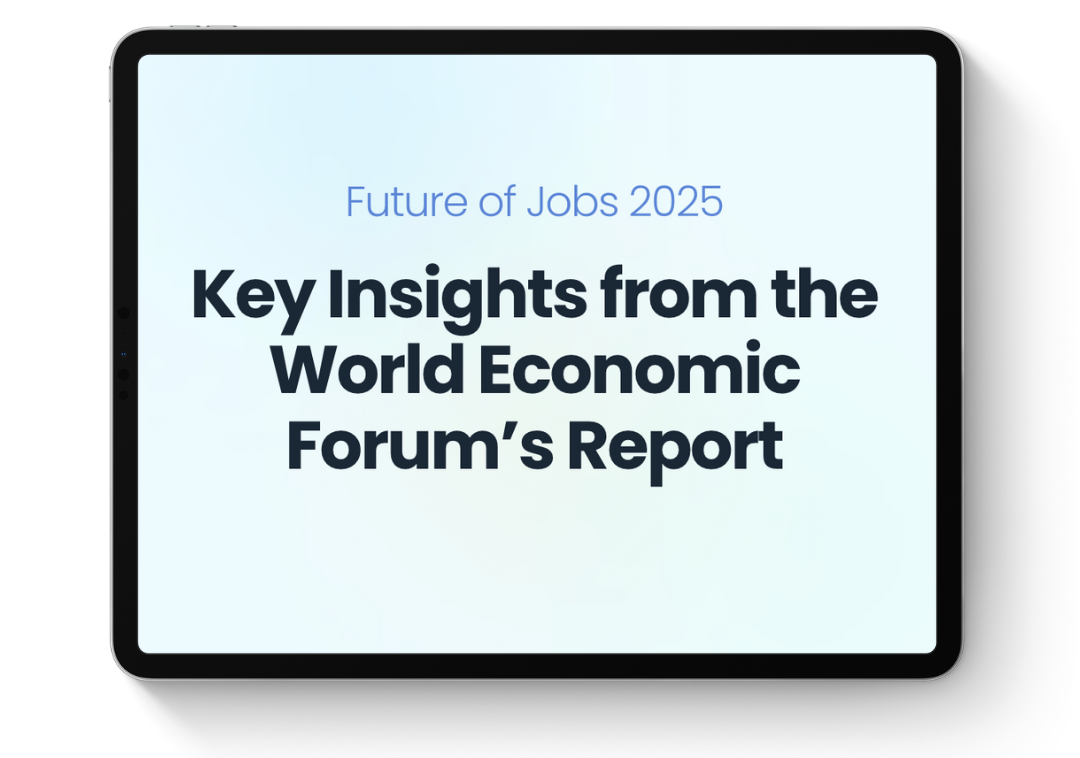If you only compare day rates, you miss the point—the real ROI of freelancers shows up in total cost.
Reality vs. gut feel
“Freelancers are expensive.” You hear it often—usually from people who only look at the day rate. What they miss: external specialists don’t just add relief; they often reduce total cost.
Compared to FTEs or internal reshuffling, total cost matters: time-to-hire, productivity ramp, payroll, retention, soft costs. In dynamic environments, these decide outcomes.
Freelancer cost: more than a day rate
- No employment overhead: no payroll taxes, equipment, or licenses on your side.
- Pay for what you use: no idle cost during project pauses.
- Day-one productivity: minimal ramp-up, no knowledge gaps.
Result: lower cost per unit of output.
The hidden cost of in-house teams
An FTE often costs 1.5–2× base salary (HR, setup, benefits, ramp). Fully loaded >€120k p.a. is common for tech/marketing/data roles.
- Time-to-hire: 42–63 days (LinkedIn Global Hiring Report)
- Onboarding: 2–3 months to full output
- Bad hire cost: up to 1.5× annual salary
- Opportunity loss: teams working outside core stack
Side-by-side: comparable project cost
Example: marketing campaign, 3-month duration.
| Role | In-house | Freelancer |
|---|---|---|
| Total cost | ≈ €31,000 (salary, overhead, onboarding, tools) | ≈ €27,000 (€900/day, 30 days) |
| Start time | ≈ 8 weeks | 3–5 days |
| Productivity | Partial skill coverage, heavy coordination | Focused, use-case specific expertise |
Long-term ROI: less admin, more focus
- 96% matching accuracy – less briefing, screening, interviewing.
- 4× faster staffing – fewer delays and lower opportunity cost.
- Up to 86% less overhead – sourcing, contracts, payroll, reporting in one system.
- 100% spend visibility – budget control, reduced rogue spend.
- 98% invoice accuracy – minimal corrections.
For CFOs & procurement: predictable cost, better planning, and a single source of truth for all freelance spend.
How it pays off in practice
Tech stack rollout across 12 markets—deadline 6 months. In-house can’t cover. Budget is capped. Solution:
- Book specialists by region, language, stack, availability.
- Plan workflow centrally—talent coordination on platform.
- Track outcomes in real time—budget & SLAs in one dashboard.
Result: quality, time-to-market, and budget adherence above benchmark—with −37% total cost vs. the in-house plan.
When freelancers make the most economic sense
- Talent shortages—time-critical IT, data, marketing projects
- Fast rollouts—speed over pipeline
- Point-solution expertise—not worth building in-house
- Budget pressure—project-based costing
Conclusion: comparing salaries is not enough
Freelancers aren’t a stopgap; they’re a financial lever—if you look at total cost. Focusing on day rates alone hides admin, overhead, and time-to-value savings.
With platforms like WorkGenius, it’s compliant, transparent, and controllable—in days, not weeks. The business case adds up fast.
Curious? See the platform in action—or talk to a contingent workforce specialist.












































